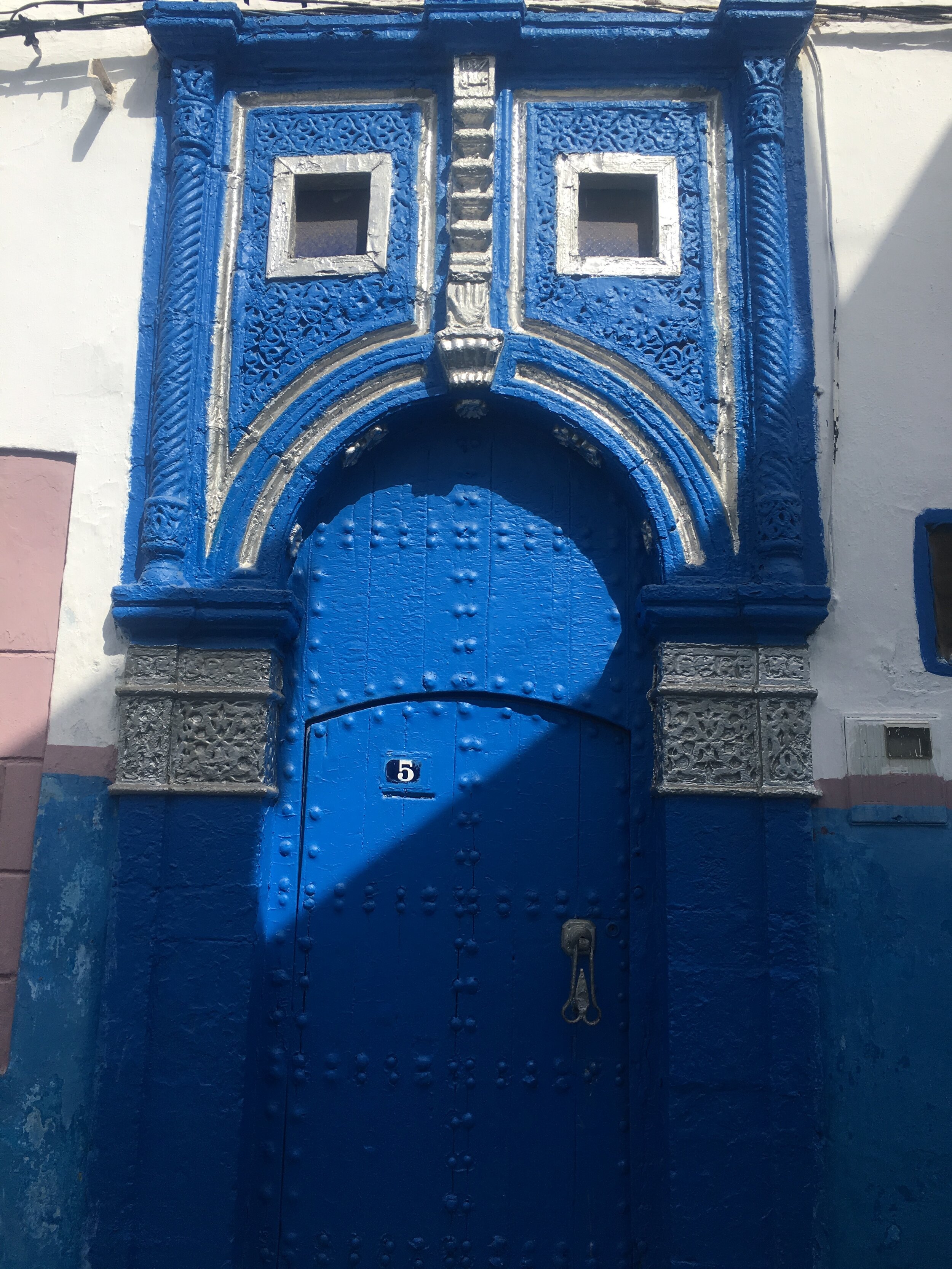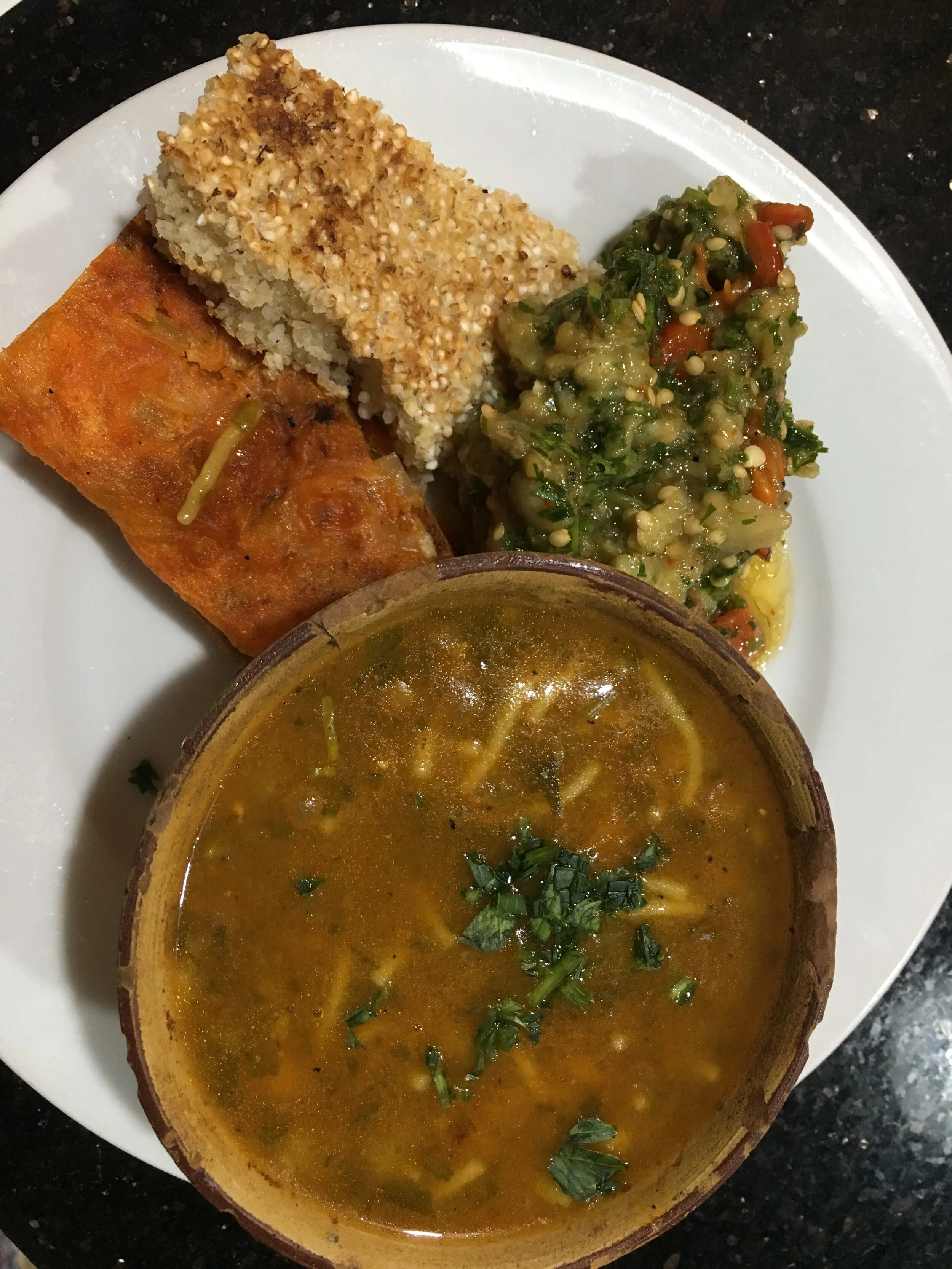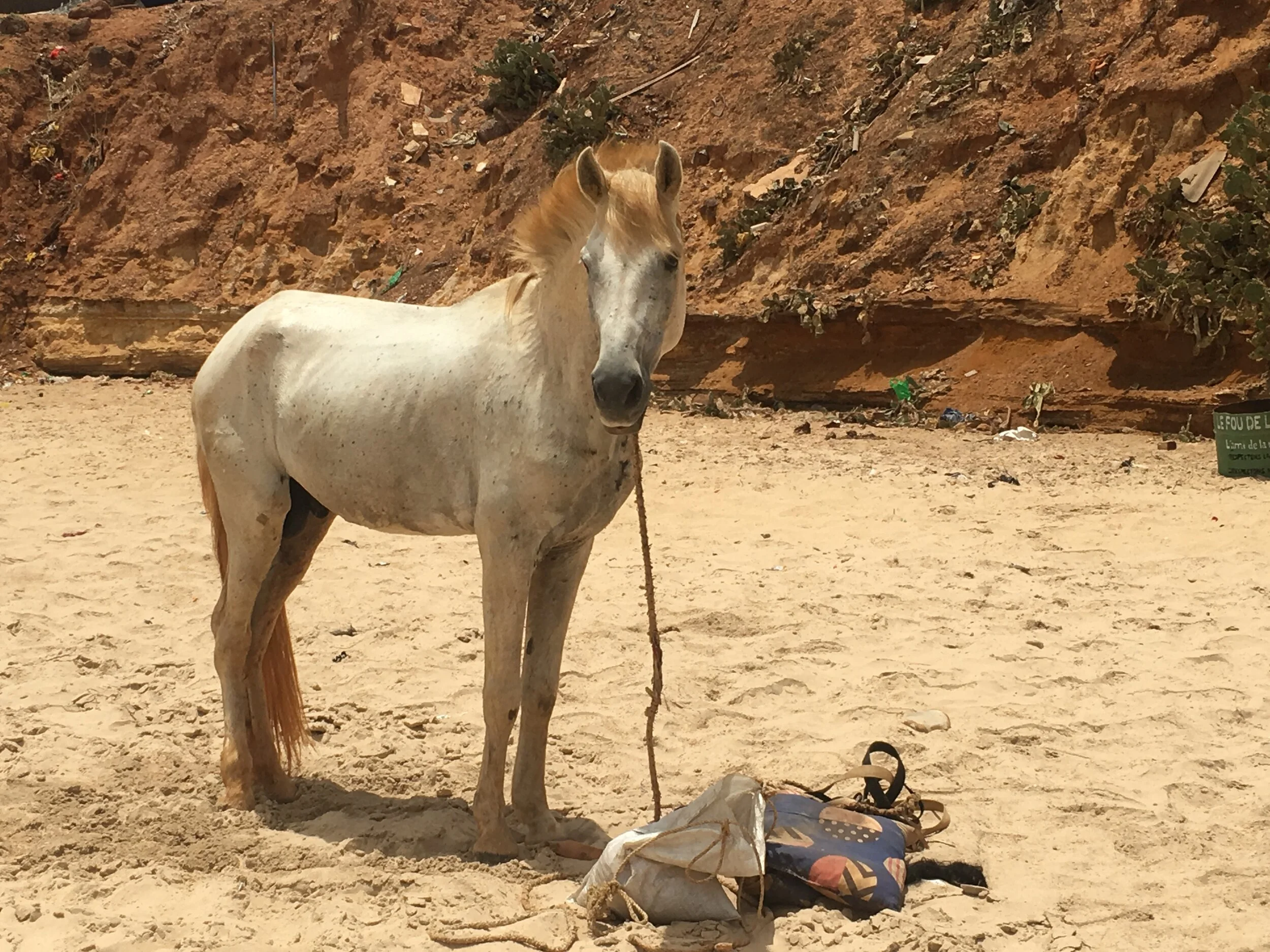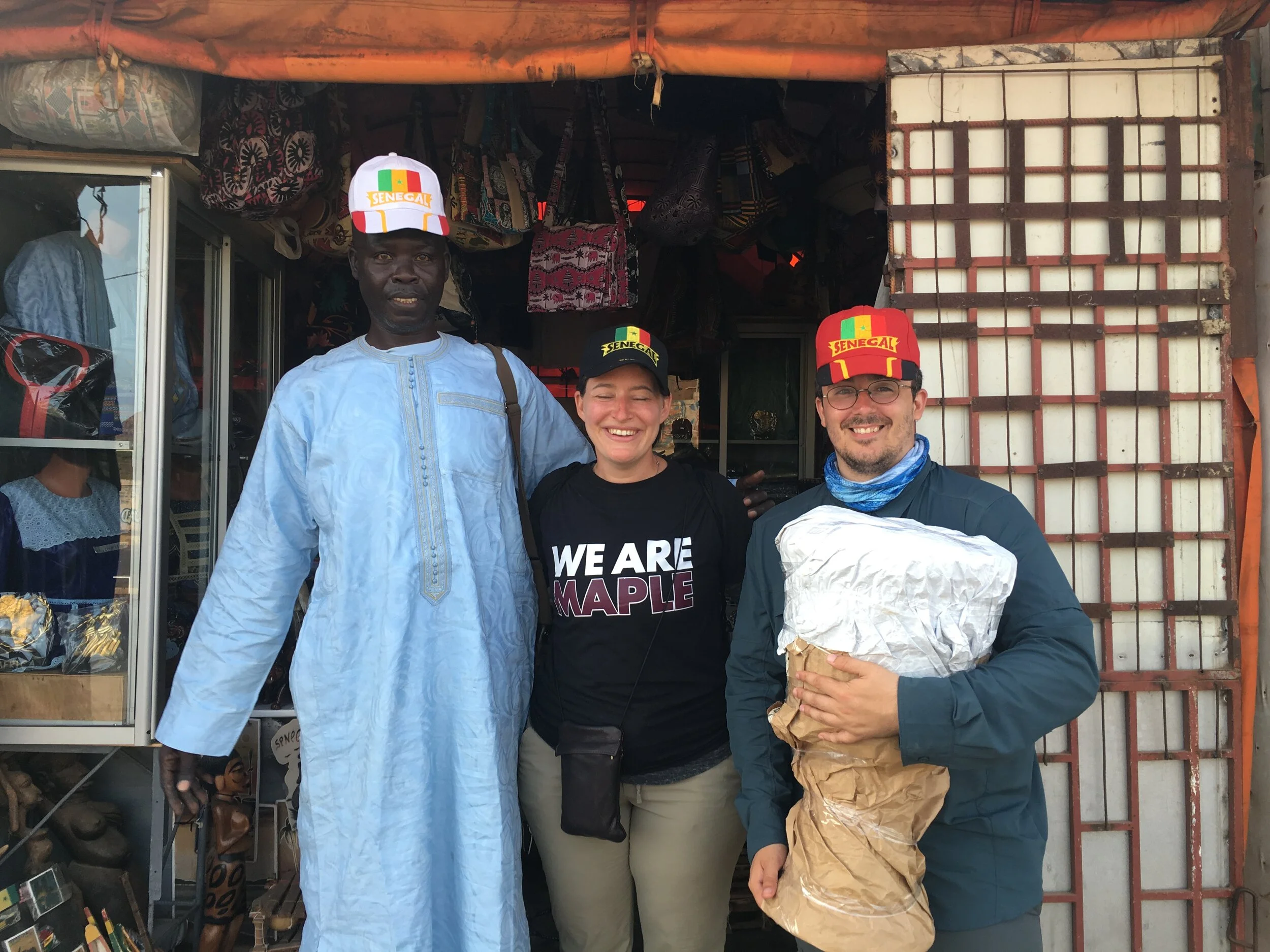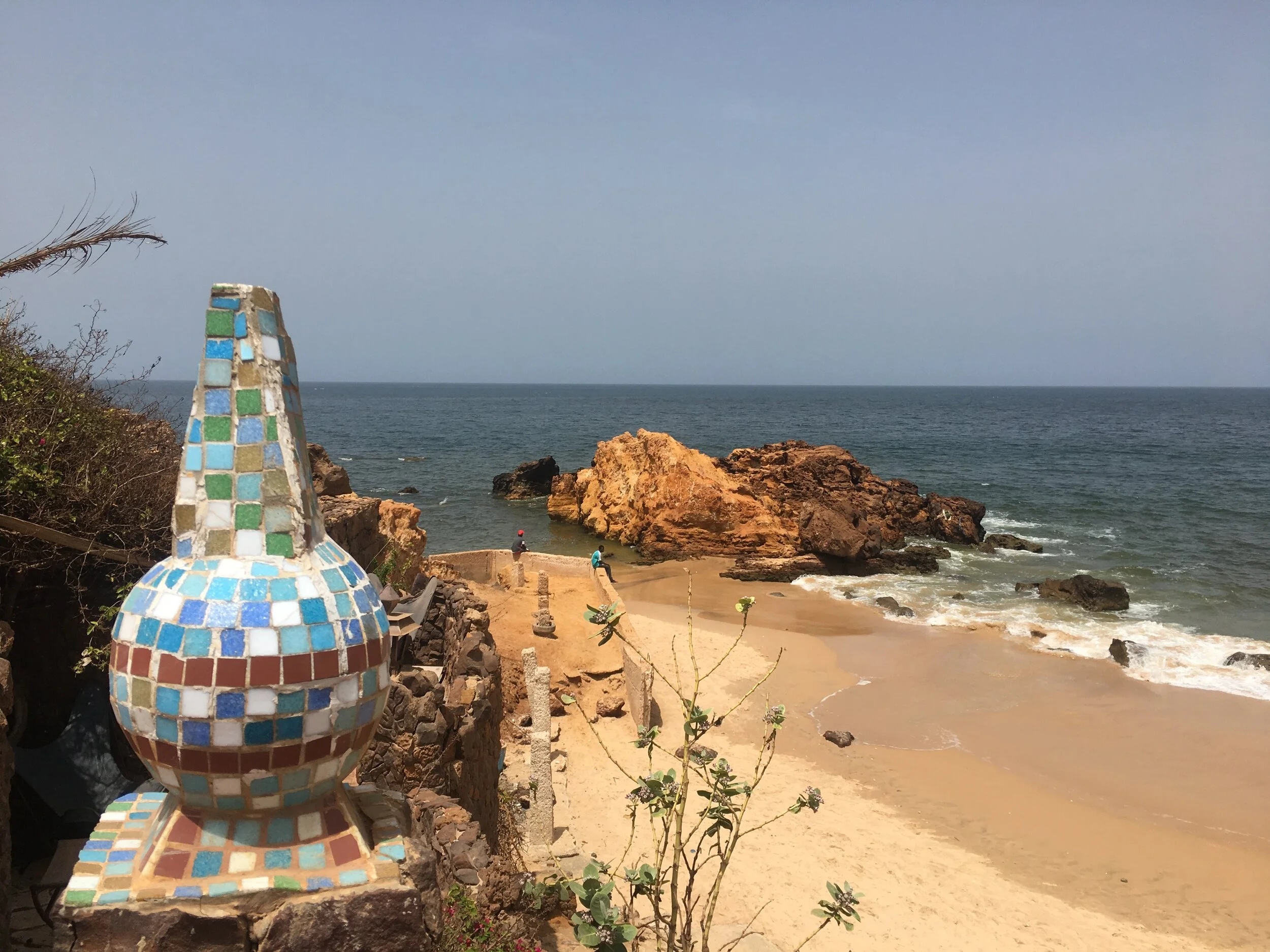Rabat, Morocco
A large French-speaking Moroccan woman who occupied my seat in our shared car on the first class train ride from Casablanca to Rabat nearly gave us a heart attack when we asked her when the Rabat Station was coming up. She non-chalantly told us we had passed it and we frantically went into Plan B mode. The train wasn’t expected to even arrive at the station for another 6 minutes. I checked the map. We were still two stations away. Crisis adverted. The woman just shrugged.
Morocco is not Senegal (nor did I expect it to be.) It’s a developing country and economic powerhouse as far as the African continent goes and business is booming. We walked 2km through a long market street with our packs as vendors around us hawked toys, fresh juices, pastries and bread. Rabat smells like donuts frying in oil, piles of perfumed soap for the hammam, and the sea breeze that comes off the Atlantic.
Rabat is an unlikely Arabic capital as most muslim leaders tended to keep their capitals inland and leave the sea to the sailors. The medina was all but abandoned when an influx of Moors from Andalusia were pushed out of Spain during the 16th century and fled south to Rabat. They were skilled pirates and stole from the Catholic Spanish and kidnapped Europeans for ransom in what our tour guide called “the white slave market.”
The Salé graveyard overlooks the ocean and the Oued Bou Regreg river.
Our tour guide was named Abdel and he taught at New Haven College in Connecticut on a Fulbright award. He was as laid back as his long black curls bounce around his face. He posted his services for a free walking tour on GuruWalk and met us at the largest gate that used to lead to the palace but now leads into a art gallery.
The Hassan Tower is a 12th-century minaret that was never finished.
Rabat sits on Atlantic Ocean on the west bank of the Bouregreg River. Sale is on the east bank. The two cities are connected via two car bridges, two tram lines and row boat ferries. Each has a walled medina with a graveyard separating the beach from the city. Locals and tourists alike swim, relax under umbrellas or participate in water sports ranging from surfing to jet skiing to wind surfing.
The city of Salé is less of a tourist attraction than Rabat, (which itself isn’t as visited as Fez, Marrakech or Casablanca.) Instead of stalls upon stalls of gold jewelry followed by stalls of leather goods, soccer jerseys and electronics, we see live chickens on the ground beneath their slaughter brethren in the butcher cases. We see half cows skinned and hung on giant hooks and stalls full of housewares, hardware supplies and produce.
The gate and walls of the Medina in Rabat.
In the Jewish quarter in Rabat the wooden shop houses above the market have balconies. Abdul says that’s because Muslim’s keep the magic inside in the courtyards of the traditional riads while Jews don’t mind having the world see in. There are very few Jews living in Morocco. Many have moved to Israel or other countries. There’s a beautiful white cathedral near the train station but in a country where more than 99% of the country is Islamic, I don’t imagine it’s often used.
The riverfront in Rabat is a popular gathering place in the evening. Rowboat ferries bring people from Salé to join as well.
Most, but not all of the women cover their heads with a scarf. I see a few wearing a full burka, but that is the exception, not the rule. Alcohol is relatively expensive but not impossible to find and the roads are paved, there are traffic lights and the rule of law prevails. We are warmly welcomed wherever we go and offered directions, henna tattoos and travel tissues to buy on the streets. Rabat is the perfect introduction to the organized chaos of Morocco.
